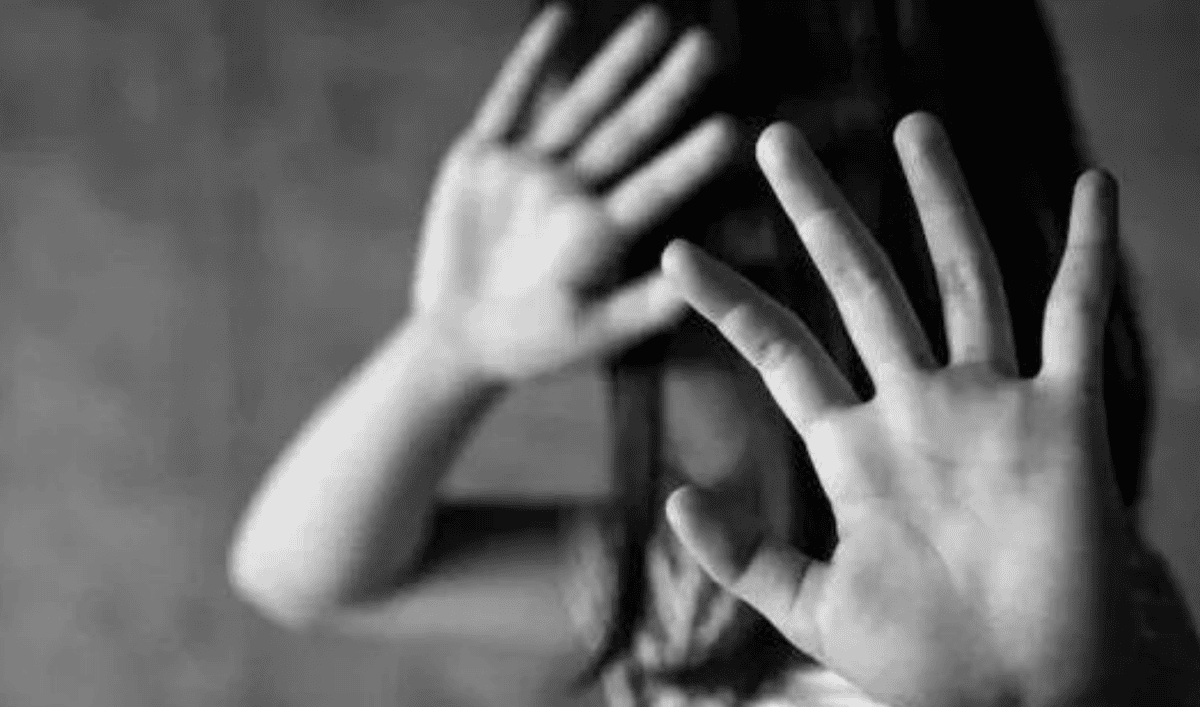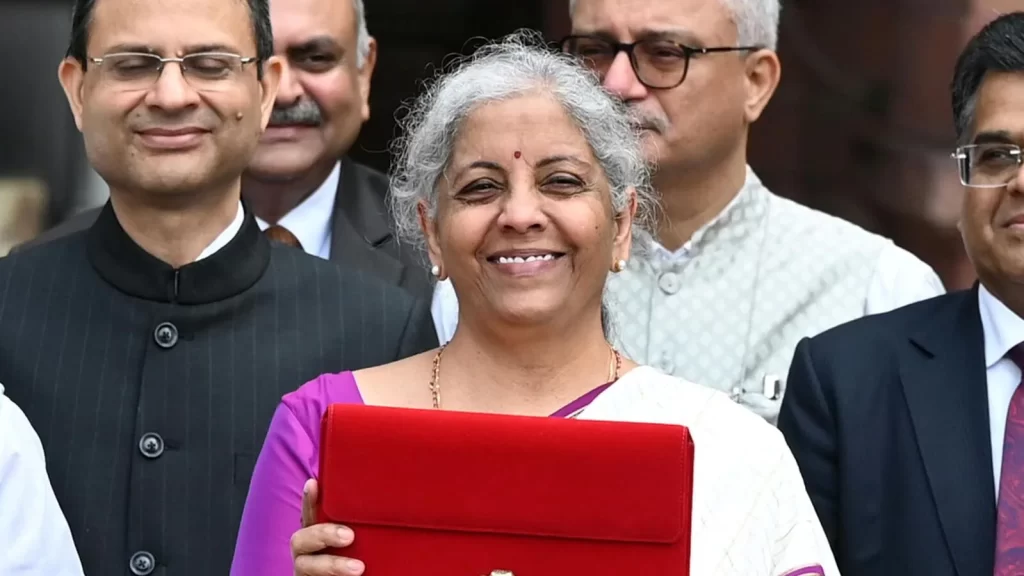On this 77th Independence Day of India our chest was not filled with pride rather our eyes were filled with tears. The brutal rape and subsequent murder of a young woman by a group of men in Kolkata just days before India’s biggest day again left the country in a state of shock and horror. This was a tragedy which once again proved that, despite the long years of progress and countless boasts about women’s rights, safety eludes women in India. The barage of emotions after the barbarous attack in Kolkata are not dissimilar to the emotions of anger most particularly after the Nirbhaya case in the country in 2012 and most recently, the rape and murder of a young veterinary doctor in Hyderabad in the year 2019 .
As the nation vicariously goes through another mourning period for yet another seemingly needless death, it is hard not to recall the previous promises of change that had been made after each tragedy. After Nirbhaya, the country stood firm saying ‘never again’. But over and over we are faced with these horrors again. The pattern is depressingly familiar: an outrage,some protest, loud and shrill coverage, and then, unfortunately more often than not, business as usual. But what have we learnt from these cases? What has India’s judiciary done about the issue and why is the battle against sexual violence still so difficult?

The Nirbhaya Case
On a cold December night in 2012, a young woman, known to the world as Nirbhaya,
boarded a bus in Delhi unaware that her life would end in a brutal and senseless act of violence. The account of her rape was so gruesome that it caused outrage across India and other parts of the world. The entire nation witnessed Nirbhaya, struggling for her life through a TV screen most of the time from a hospital bed, and when she breathed her last ;a change swept through the society of India. The roads were crowded with people, the chanting demanding justice for women who in one way or the other had been let down by the society.
After Nirbhaya’s death, India witnessed an important change in the legal history of the country. The expression of sorrow and outrage by the public put pressure on the government to constitute the Justice Verma Committee which recommended radical amendments to the laws of India concerning sexual assault. The social transformation which came through this case is the “Nirbhaya Act” which brought stricter measures on rape cases even the death sentence if the victim dies or is left critically injured. It also expanded the definition of rape to include types of sexual assault that had not been characterised as rape before. But even as these laws were tightened, the question remained: would they be enough to get the real change?
The Nirbhaya case finally stirred up India and made people face the reality of the country’s problems in relation with gender violence and women. This time there was actually a discussion on the issues that survivors face, people started talking and sharing about victim-blaming and how the legal system failed the abused woman, the fear women had to live with regularly. However, what has not been as quick to change is the society and the perceptions that the society holds. Survivors are still greeted with skepticisms, and the shame of being a sexual assault survivor is something one has to carry for the rest of their lives.

The Hyderabad Veterinarian Case
Seven years later the same happened in 2019 when another horrific incident of rape and murder of a young veterinarian took place in Hyderabad. The context of the incident was very similar to the Nirbhaya case and the people’s reaction was swift and brutal. This time therefore, the legal system followed a very different reception from the one that had been witnessed earlier.
The Hyderabad case ended abruptly when the accused were shot dead in a police encounter within days. To many, this was seen as sweet justice – the idea that things are now moving quickly and the predator got what they deserved. For others, it highlighted the failure of the civil and criminal justice systems, suggesting that people have reason to take the law into their own hands. Was this a true representation of the fact that the public has lost confidence in the judicial system? Or was it simply a means of escaping the long, drawn-out legal processes that keep victims and their families in suspense?
The Hyderabad case highlighted increasing frustration in the country with court legal proceedings. The public’s approval of the police encounter was a reflection of their frustration with a system that takes too long to dispense justice and their continued belief that violence would go unabated without radical change. However, this eagerness for justice also revealed another striking tendency: the desire to get the job done quickly and efficiently can sometimes erase the true meaning of justice itself.
Emerging trends and challenges faced during the fight against sexual violence
The fight against sexual violence in India is far from over; it has merely shifted from the legal front to the social front. These challenges serve as a strong signal that it takes more than just laws to alter the entrenched culture in a given society.
-Delayed Justice: The justice delivery system in Indian civil courts is notoriously slow, resulting in a second victimization for complainants. This has led to numerous cases of prolonged trials, lengthy procedures, and sometimes an indifferent approach by authorities, reinforcing the notion that complaining about injustice is a futile endeavor.
-Victim Blaming and Societal Stigma: Even after high-profile cases, people still point fingers at victims. Sexual assault survivors face intrusive questioning about their integrity, decision-making, and conduct – an ordeal no one should endure.
-Inconsistent Implementation of Laws: Although laws like the Nirbhaya Act and other provisions have strengthened legislation protecting women’s rights, their implementation remains ineffective.Social Workers,policemen and judiciary are not always be trained to properly deal with the matters of sexual violence ensnaring the victim in further traumas.

SHe-Box portal
In light of the status of women, the Indian government launched the SHe-Box Portal (Sexual Harassment e-Box) in 2017 to address the need for a simplified process to report cases of sexual harassment. As a tool designed to enable women to report workplace harassment directly and discreetly, the portal represents a significant step towards combating sexual violence. The SHe-Box Portal has the potential to become a valuable resource for women across India. However, its effectiveness hinges on a few key factors:
–Awareness: For the portal to be really helpful it is necessary that women should be aware of its existence and how it can be utilised by them. At the moment, awareness is low, particularly among the rural users who have poor access to electronic materials in the first instance.
–Accessibility: The website is operational but the content of the portal is not open for the public. Women in India especially do not have the technological means and or knowledge to use such sites. An important focus should therefore be placed on making this SHe-Box as accessible to as many women as possible in order to be effective.
–Timely Redressal: This is the reason why the efficiency of complaints is being considered as the key to The portal’s credibility. Thus, in the event that women charge the platform with neglecting their worries, the latter threatens to lose the trust it establishes.
Nirbhaya, the Hyderabad veterinarian, and the recent murders of eight women in Kolkata are not just names that made headlines, but represent the harsh reality of how Indian women and girls continue to live with the constant fear of sexual violence. Although these cases led to legal reforms, which are a positive development in the fight against violence, legal reforms are not the ultimate solution. Real progress requires a cultural shift, which is still an uphill battle. This calls for a new order at all levels, where justice is served promptly and correctly. Only then can women attain the kind of freedom where the sound of a car backfiring doesn’t make them jump out of their skin, the kind of freedom where we don’t have to wonder if Independence Day is still a war on half the country.
Written by Simran Chandhoke
Edited by Khalid Khursheed




